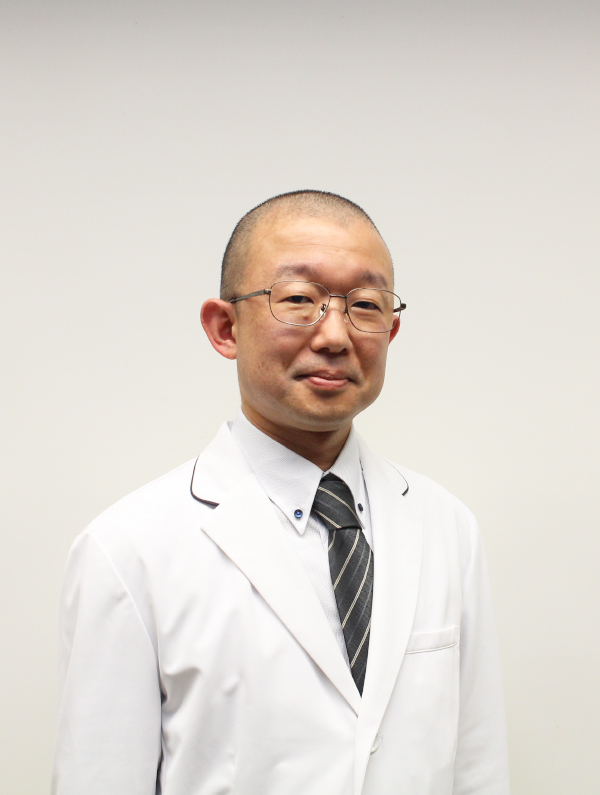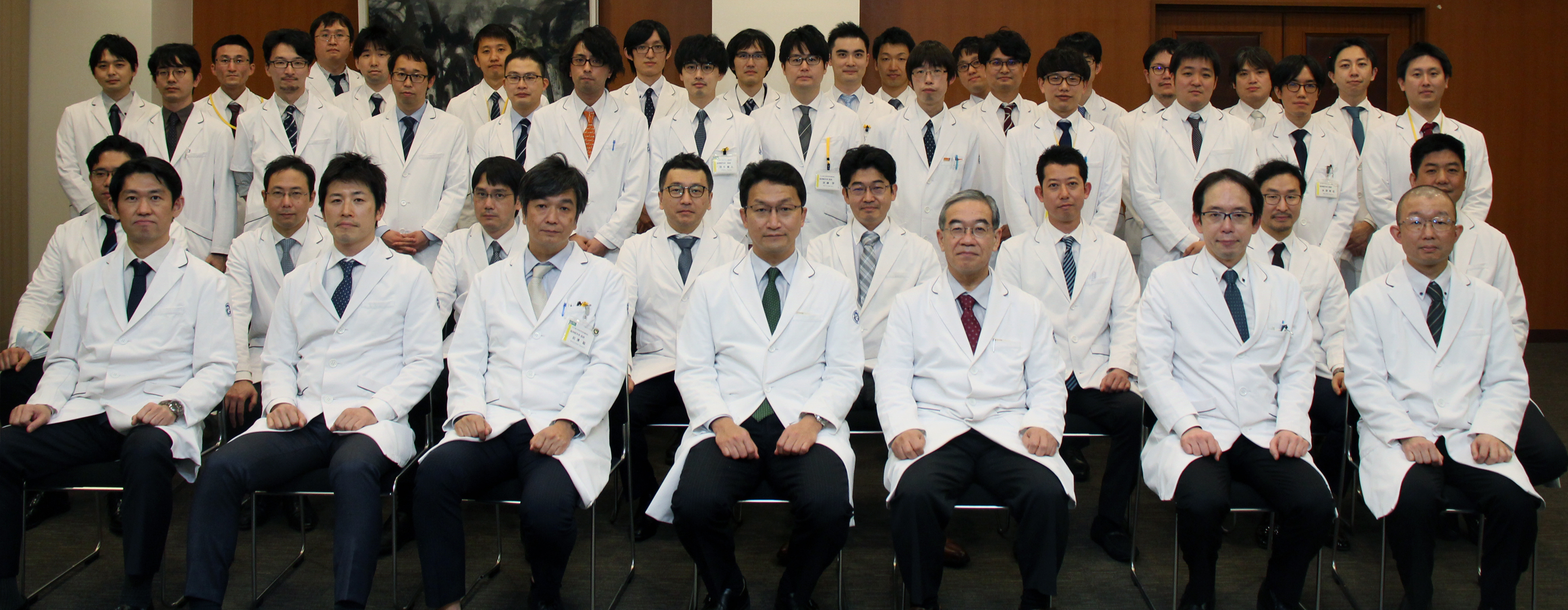
Greeting from Guest Researcher Yoshio Araki.
In general, all moyamoya disease patients undergo a direct/indirect combined revascularization surgery.
We have extensive experience in treating patients of all ages, from infants to adults, but because pediatric cases in particular require strict perioperative management, we work together with the Pediatric Neurosurgery Group to improve safety during treatment.
We treat brain arteriovenous malformations by actively incorporating multimodal treatment (surgery, endovascular treatment, and Gamma Knife) in order to achieve maximum effectiveness with minimal invasiveness.
All surgeries are performed in a hybrid OR (an operating room equipped with angiography equipment), which improves the removal accuracy.
Bypass surgery can be used on a wide variety of blood vessels, from those that are on the surface of the brain and have very fragile walls, such as in the moyamoya disease, to deep blood vessels.
In particular, bypassing to deep blood vessels enables surgeons to achieve improved reliability and less invasiveness to the brain by applying skull base surgical techniques and having a large surgical field.
In December 2015, with the support of the Anatomy Course and Furo-Kai, we established the Clinical Anatomy Laboratory in Nagoya (CALNA) at our hospital, led by the Department of Neurosurgery (Steering Committee Chair Professor Toshihiko Wakabayashi and Practical Committee Chair Araki).
At CALNA, which complies with the Guidelines for Cadaver Dissection in Education and Research of Clinical Medicine, we are grateful that we can use donated bodies in order to acquire detailed knowledge about clinical surgical anatomy and conduct surgical training, enhancing the safety of difficult surgeries where there are few real-life cases.
We also conduct research on the development of new surgical approaches.


